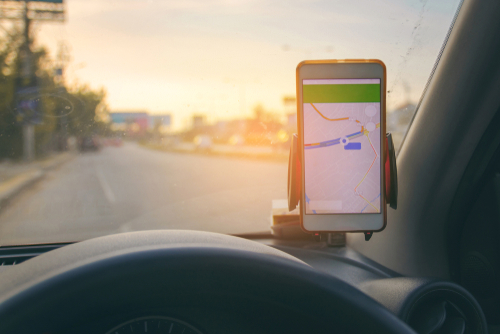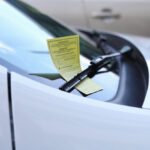

February 16, 2024
Rental car tolls: Everything you need to know
Figuring out rental car tolls is just as important as accurately navigating to your destination. If you don’t, you could be stuck either scrounging for change or wracking up expensive fines for driving through a camera toll lane without the proper pass. Learn how to pay for tolls using a rental car so you can enjoy your trip stress free.
How rental car toll passes typically work
Using a rental car toll pass can be expensive, so it’s important to find out if the company offers a toll pass and how they charge for using it. In most cases, you’ll pay for the tolls themselves after you return the rental car. Most traditional rental car companies also charge an administration or convenience fee (usually $10 or less). It may be charged either daily during the rental period or each day you use the toll pass. You’ll also likely face extra fees if you run a toll without paying and a camera sends the bill to your rental agency.
Do you have to pay tolls in a rental car? 6 ways to save
There’s no magic button to push and avoid paying for tolls altogether. But you don’t have to settle for hefty rental car toll fees. Follow these six tips for saving on tolls during your next trip.
1. Disable the rental car toll pass
Many traditional rental car companies already have toll transponders mounted to the windshield. The benefit is that you have access to it in case you unexpectedly find yourself in a toll lane with no exit or cash option. But you can try to disable the pass if you don’t want to incur those extra administrative fees. The pass is usually surrounded by a box, but you should be able to close the box to keep the pass from being read in a toll lane. Ask at the rental counter if there are any special tricks for making that happen.

2. Opt out of toll roads in navigation apps
If you want to avoid tolls altogether, you can usually opt out of them when using your maps app. It may take longer, since toll roads are usually designed to provide a more direct path. But depending on your schedule and your budget, it may be worth a more scenic route. You can at least compare the navigation app’s route options and compare the costs with the length of time for each trip. Also take advantage of real-time traffic updates. If a toll road is congested during peak hours, it might be more expensive and slower.
3. Avoid peak toll hours
If you do decide to take a toll route in your rental car, do some research ahead of time to find out if there are any peak surcharges in the city. Morning and evening commute times often come with higher prices. You may also be charged based on how much of the toll road you plan to use. All of these variables can add up to an expensive road trip — especially if you’re paying rent car toll fees as well.
4. Use your own toll transponder
Consider bringing along your own toll transponder if you’re traveling in the same region where you already live. Even if you’re flying and picking up a rental car at the airport of a new area, you may be able to buy a local toll transponder at major retailers. They usually come pre-loaded so you don’t have to worry about a complicated registration process.

5. Use cash lanes
Avoid using a toll pass altogether by using the cash or exact change lanes. Just be sure to stock up on enough cash and change to cover the costs. Some tolls may just require a few quarters, while others may be $10 or more. This option may also make it easier to avoid using the automatic toll transponder mounted in your rental car.
6. Keep receipts for rental car tolls during work trips
Remember to keep your rental car and toll receipts when traveling for work. If you’re an employee, you should be able to get reimbursed for your travel expenses. If you’re self-employed or own your own company, you can use the receipt totals as tax deductions. This gives you an automatic savings when it’s time to file.
Bottom line
If you take the toll road, you unavoidably have to pay to use it, whether you’re driving your own car, renting or borrowing through a car sharing company like Avail. When you use Avail, you’ll pay for tolls the same way you would when driving your own vehicle. It’s best to pay in cash, use a credit card (if it’s accepted) or bring your own transponder if it’s compatible with the area’s toll roads. If you use the electronically tolled or “Pay by Mail” lane, a bill will automatically be sent to the vehicle’s owner. But you’ll still be responsible for paying the tolls. The car’s owner will send the bill to Avail when they receive it in the mail, and you’ll receive a delayed bill for these charges. You can prevent this by paying upfront.
Although you won’t get a discount on tolls when you opt for car sharing, you’ll save in other ways. For example, Avail doesn’t charge extra to add a second driver. And you can modify your booking without a penalty fee. Use the cash you save with Avail to pay for tolls, gas or to treat yourself to something special on your trip.
Borrow & share
Avail makes it simple to borrow a car when you need one, or share your car with others and earn money.





